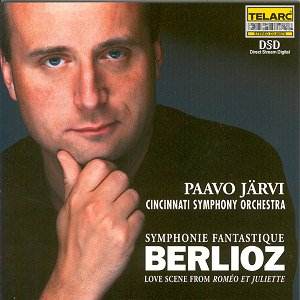 Composer: Dmitri Stepanovich Bortnyansky
Composer: Dmitri Stepanovich Bortnyansky
Works: Sacred Concertos, Volume 5: Nos. 30-35
Performers: Russian State Symphonic Cappella, Valeri Polyansky (conductor)
Recording: Recorded in the Dormition Cathedral of Smolensk and St. Sophia’s Cathedral, Polotsk in 1989/90. [DDD]
Label: CHANDOS CHAN9956
Bortnyansky, a pivotal figure in Russian sacred music during the late 18th and early 19th centuries, is often overshadowed by contemporaries such as Glinka and Tchaikovsky. His Sacred Concertos, particularly the set presented in this fifth volume, reveal a composer deeply influenced by his Italian studies yet firmly rooted in the Russian Orthodox tradition. Bortnyansky’s dual heritage allows for a unique blending of operatic lyricism with ecclesiastical gravity, making his works richly rewarding for both performers and listeners. This volume encompasses a range of emotional landscapes, reflecting his mastery in setting sacred texts to music that is both contemplative and celebratory.
The Russian State Symphonic Cappella, under Valeri Polyansky’s skilled direction, offers a performance that is nothing short of exemplary. The choir’s technique shines particularly in the opening movement of No. 30, “Hear my voice, O God,” where the extended lyrical lines demand both precision and expressiveness. Here, the dynamic control and tonal clarity are remarkable, allowing the beautifully woven counterpoint to emerge with clarity. Contrast is vividly illustrated in No. 31, “For God is the King of all the Earth,” where the jubilant character of the final movement is met with a buoyant energy that showcases the ensemble’s ability to shift from introspective to exuberant passages seamlessly.
The interpretative choices made by Polyansky warrant commendation, particularly in the handling of the delicate textures found throughout the concertos. The third movement of No. 33, “Yea, as I walk through the valley of the shadow of death,” is a poignant example of this sensitivity. Here, the soft dynamics and careful pacing create an atmosphere of solemnity that resonates deeply, illustrating Bortnyansky’s profound understanding of the human condition through sacred music. The choir’s ability to navigate the cruelly exposed top line in No. 34, “But let the righteous be glad,” exemplifies their technical prowess and confidence, further enhancing the emotional impact of the work.
Sound quality and engineering are of high caliber in this recording. Captured in the expansive acoustics of historic cathedrals, the balance between the choir and the resonant spaces allows for a natural blending of voices, enhancing the overall listening experience. Chandos has succeeded in creating an audio environment that is both immersive and clear, ensuring that the nuances of Bortnyansky’s writing are fully appreciated. The recording dates back to 1989/90, but it has aged remarkably well, standing up to contemporary standards.
Bortnyansky’s Sacred Concertos, particularly in this final volume, offer a compelling glimpse into the spiritual and emotional depth of Russian sacred music. The Russian State Symphonic Cappella’s performance, characterized by technical excellence and interpretative insight, alongside the high-quality recording, presents a significant contribution to the understanding of this composer. This collection not only honors Bortnyansky’s legacy but also affirms his place within the pantheon of great composers of liturgical music. The richness of these concertos, combined with the choir’s chameleonic adaptability, renders this volume an essential addition to any serious classical music collection.



